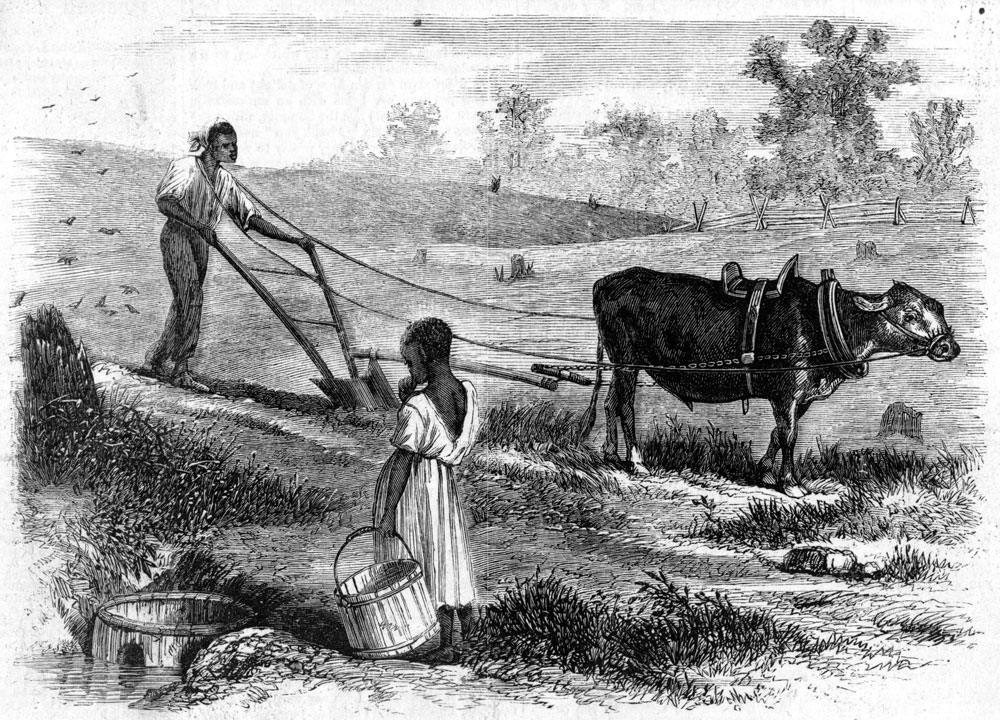I used the “Reconstructing the South” role play lesson in both of my two U.S. history classes (both AP and on-level), and was so encouraged to see how engaged and interested the students were. Moreover, I was fascinated to see how differently the two groups reacted to the same role play.
In the AP section, the group as a whole struggled to balance the desire to enact as full equality as possible (not only political and social, but also economic) with the fears of backlash and terror. As a result, they initially took steps that reflected an extremely moderate, even conservative, approach to Reconstruction, and were later shocked to find that they had an even more moderate plan than the one actually enacted with help from the historical Radical Republicans. One student’s reflection paper included the following comment: “I realized that we had internalized a devotion to the idea of ‘moderation’ to such an extent that we ended up not even being as bold as the real Radical Republicans in history. There was a definite sense that we could and should do better, and we must have more courage in demanding necessary rights and change.”
In contrast, the on-level section were passionately egalitarian and radical, undaunted by fears of backlash, because they felt that Reconstruction was a perfect opportunity to use the federal government’s resources to strongly and boldly enforce their plans to redistribute land and enact suffrage immediately.
A student commented, “I understand the fears about potential backlash, but we deeply believed that if Reconstruction had been more radical, more bold, and had done even more to solve the economic and class concerns shared by not only Blacks but also poor whites, Reconstruction could have continued on even in the face of extremism. We look at the lasting achievements like the public school system in the South as only one example of the kind of gift a more radical plan could have offered the cynics and opponents.”







Twitter
Google plus
LinkedIn